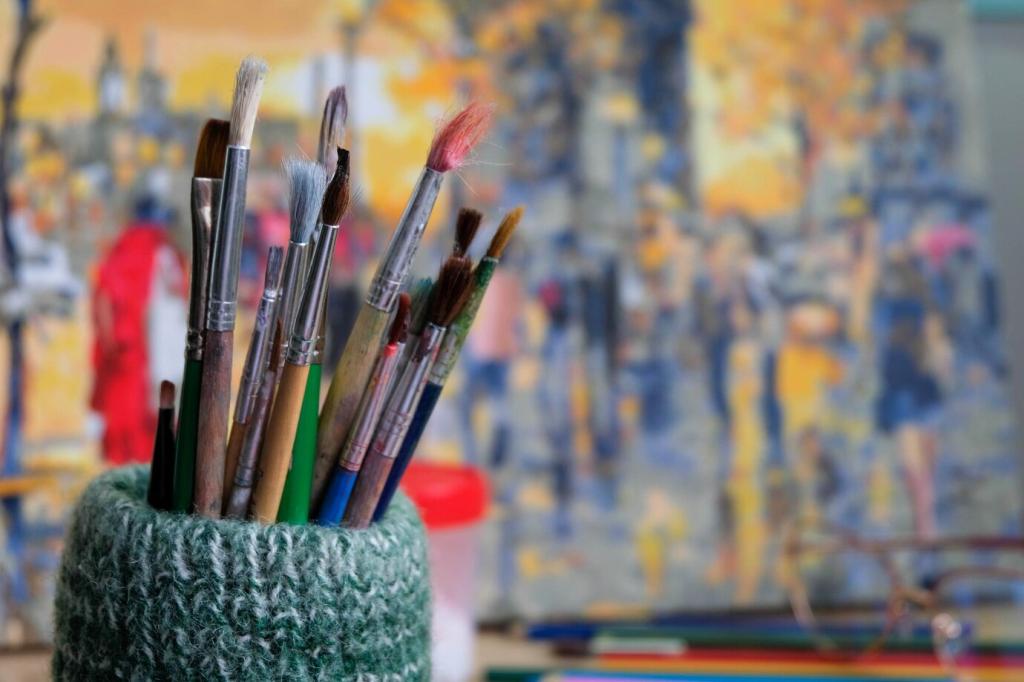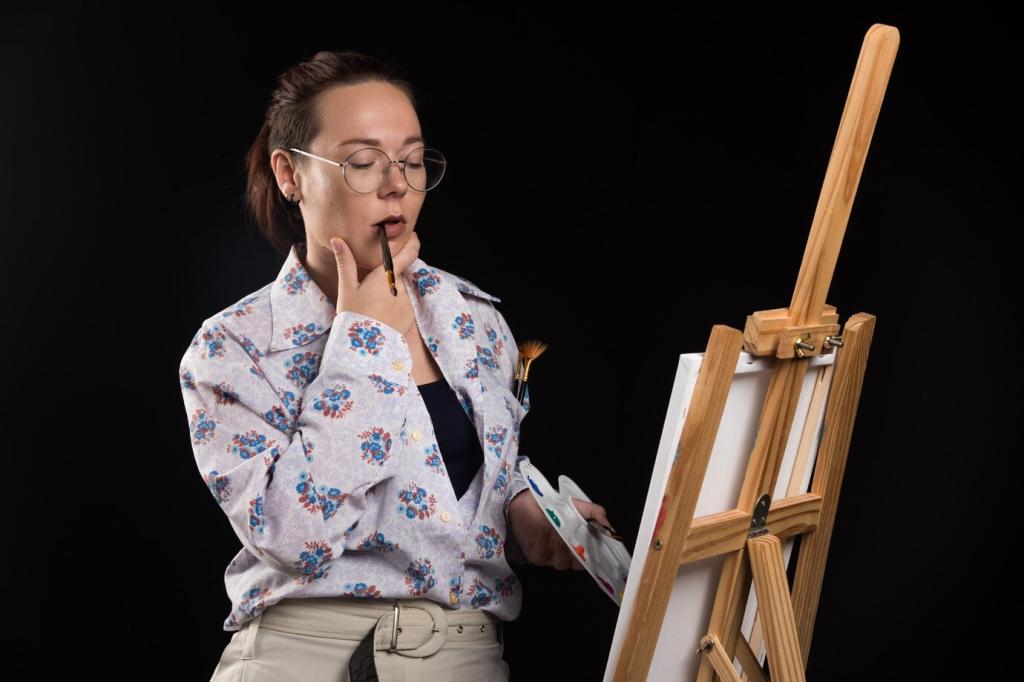Innovation in the Field: Tubes, Trains, and Easels
With John G. Rand’s 1841 metal tubes, color stayed fresh and portable. Lightweight easels and premade canvases followed. Monet, Pissarro, and Sisley chased fleeting shadows outdoors, testing how seconds of sunlight rebuild a day’s memory.
Innovation in the Field: Tubes, Trains, and Easels
Cheap tickets launched weekend pilgrimages to seaside cliffs and suburban parks. Artists reached Étretat or Argenteuil by timetable, then painted bridges, smokestacks, and ripples touched by steam. Modern life entered the landscape as a moving horizon.







